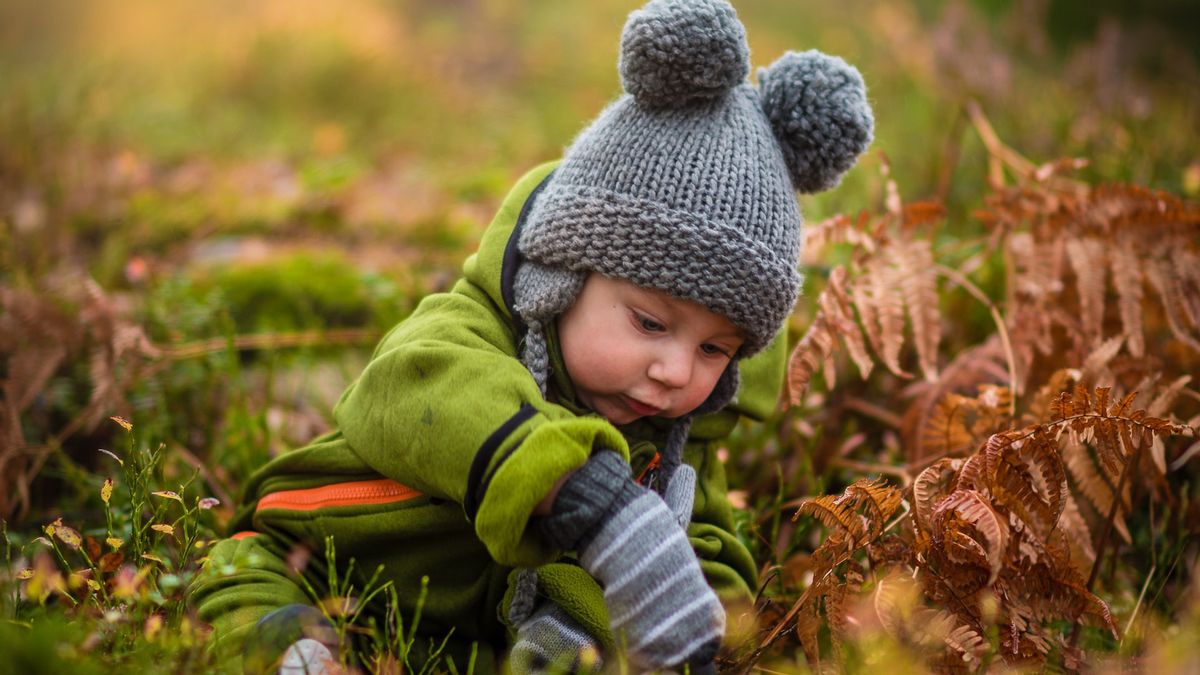JAKARTA – Childhood is a golden age to absorb knowledge. Including knowledge about the environment and growing children's awareness of the environment in which they live.
Growing concern for the environment does not happen by itself. According to a youth development leader from Kenya, Simeon Agonda reported by Eco Parent, Tuesday, February 8, parents are collectively responsible for nurturing and activating the next generation to care for the environment.
Studies show, on average, children spend more than 7 hours a day in front of devices and screens. While playing outdoors for less than 20 minutes. At the same time, other studies have shown that connecting with nature while growing up can reduce stress, improve physical and mental health, stimulate creativity, build self-esteem, and encourage cooperation, collaboration, and self-regulation.
Teaching children to care about the environment can start early. Here's a guide you can do.
1. Train your senses every dayAt the age of 3 years, you can take the kids out of the house. Walking around the house, digging in the dirt, playing in the water, rolling on the grass, jumping in puddles of mud. There are so many activities that can be done to train children's senses every day.
You can also involve your child having positive experiences with animals at least once a week. For example, watching birds fly, reading books about the animal kingdom, and touching pets such as cats and dogs.
2. Introducing the seasonsIndonesia is an area with 2 seasons, namely the rainy and dry seasons. Each season has a different character, including fruitful and enjoyable plants, such as mango, rambutan, guava, watermelon, and papaya.

Knowledge of the environment, including living things that live up to times of changing seasons, needs to be deepened and an understanding of the environment instilled. Activities that can be done include planting, caring for, and harvesting something that can be eaten. Also introduce the animals around by their sounds, colors, smells, and textures if possible to touch.
4. Invite children to work on small projectsSmall projects related to nature and the environment can be with the medium of art. For example, painting, using leaves that produce natural colors. You can also arrange a collage of fallen flowers or dry stems.
5. Develop more complex outdoor skillsWhen children are in the 8-11 age range, try outdoor activities instead of riding in a vehicle. Such as hiking, survival skills such as building shelter, making fire, looking for edible wild food, orienteering, astronomy, and birding. At the very least, spend 5-7 hours a week developing this skill.
6. Explore the closeness of humans to the environmentPlay is a fun way to teach children the value of caring. You can invite children to work on recycling projects or composting organic waste.
To broaden the understanding of the closeness of humans to the environment, take the children for a walk to enjoy the landscape. Be it rice fields, forests, mountains, beaches, and explore the biodiversity in the area. In addition to exploring the closeness of humans to nature, parents also need to teach how social relations must be maintained.
The English, Chinese, Japanese, Arabic, and French versions are automatically generated by the AI. So there may still be inaccuracies in translating, please always see Indonesian as our main language. (system supported by DigitalSiber.id)








